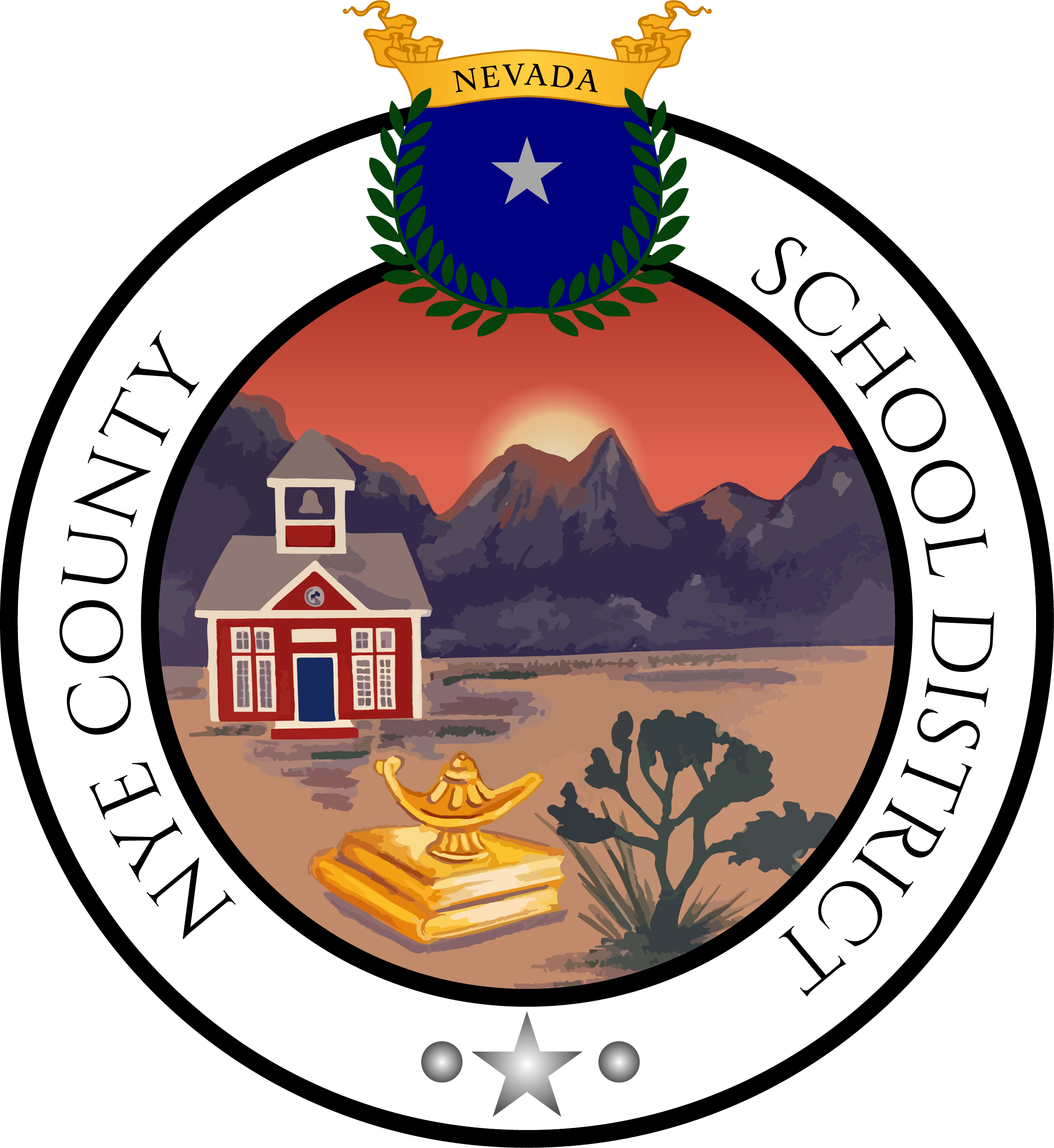- Click here to view this information as a PDF.
- Click here for a PDF with educational resource information.
A kindergartner counted in the 2020 Census this spring will be starting high school when the next census comes around in 2030: That’s 10 years of school supplies, teachers, school lunches, and so much more. This is your opportunity to help ensure they have a bright future.
Right now, students across the country are getting an introduction to the 2020 Census through the Statistics in Schools program. This program offers free activities and resources to schools to help prepare their students for an increasingly data-driven world.
Students are learning that the 2020 Census is a count of every person who lives in the United States and its territories. Responding to the census helps your community get its fair share of funding. Census data guides how more than $675 billion in federal funding is distributed to states and communities each year for schools, health care facilities, roads, transportation, recreation centers, social services, and more.
You have the power to shape your future, and the future of all children, by counting everyone in your home in the 2020 Census.
Learn more about how you can shape your future at 2020CENSUS.GOV.
Get more information about the Statistics in Schools program at CENSUS.GOV/SCHOOLS.
Students are also learning these key things about the 2020 Census—and we want you to know them too:
- Starting in March 2020, everyone living in your home needs to be counted. That includes children and newborn babies, citizens and non-citizens, relatives and non-relatives, and even those staying with you temporarily.
- It’s easier than ever to respond to the census. You can respond in 13 different languages, and you can complete it online, by phone, or by mail.
- Your responses to the census are safe and secure. The law requires the U.S. Census Bureau to keep your information confidential, and your responses cannot be used against you in any way.

